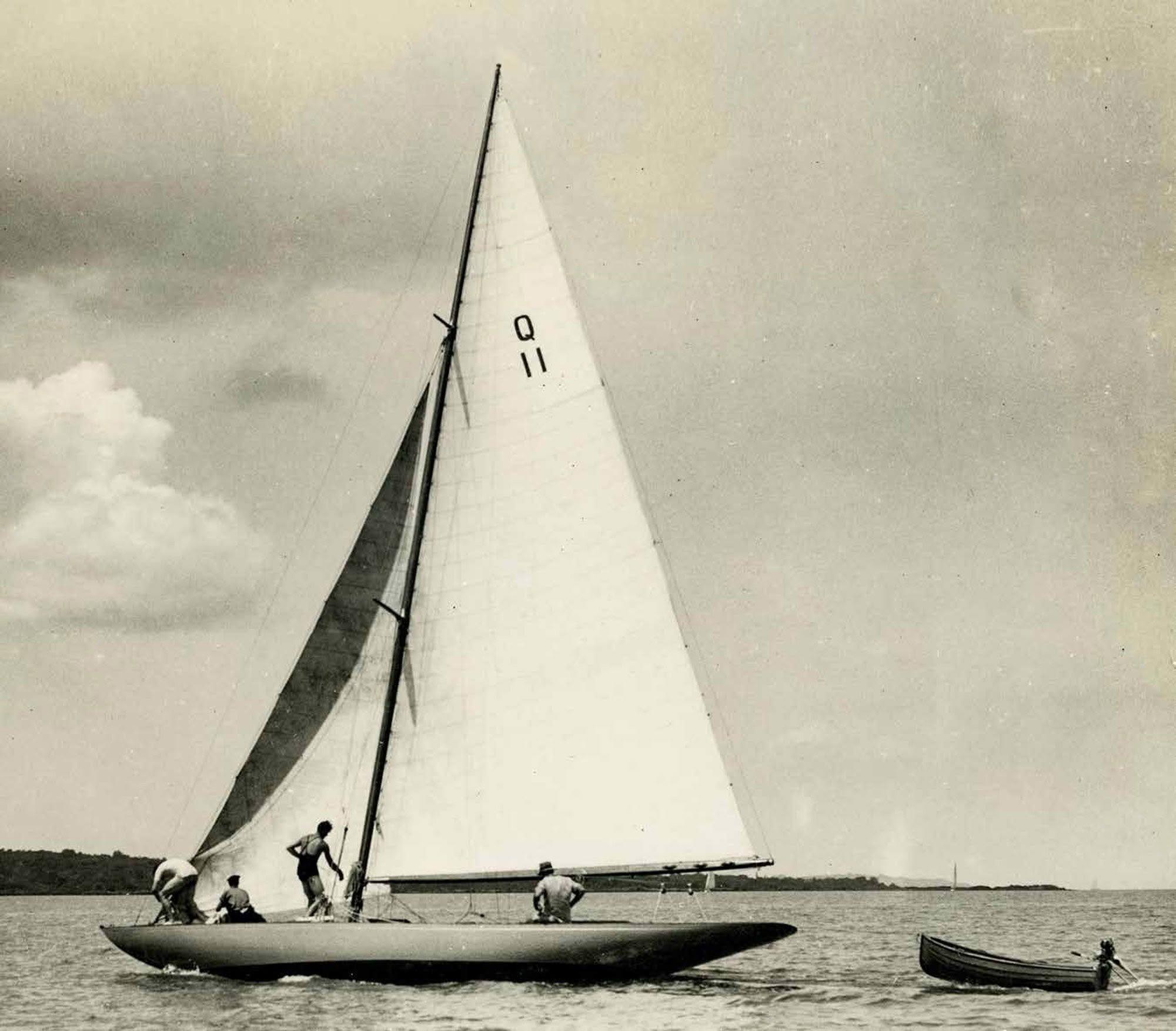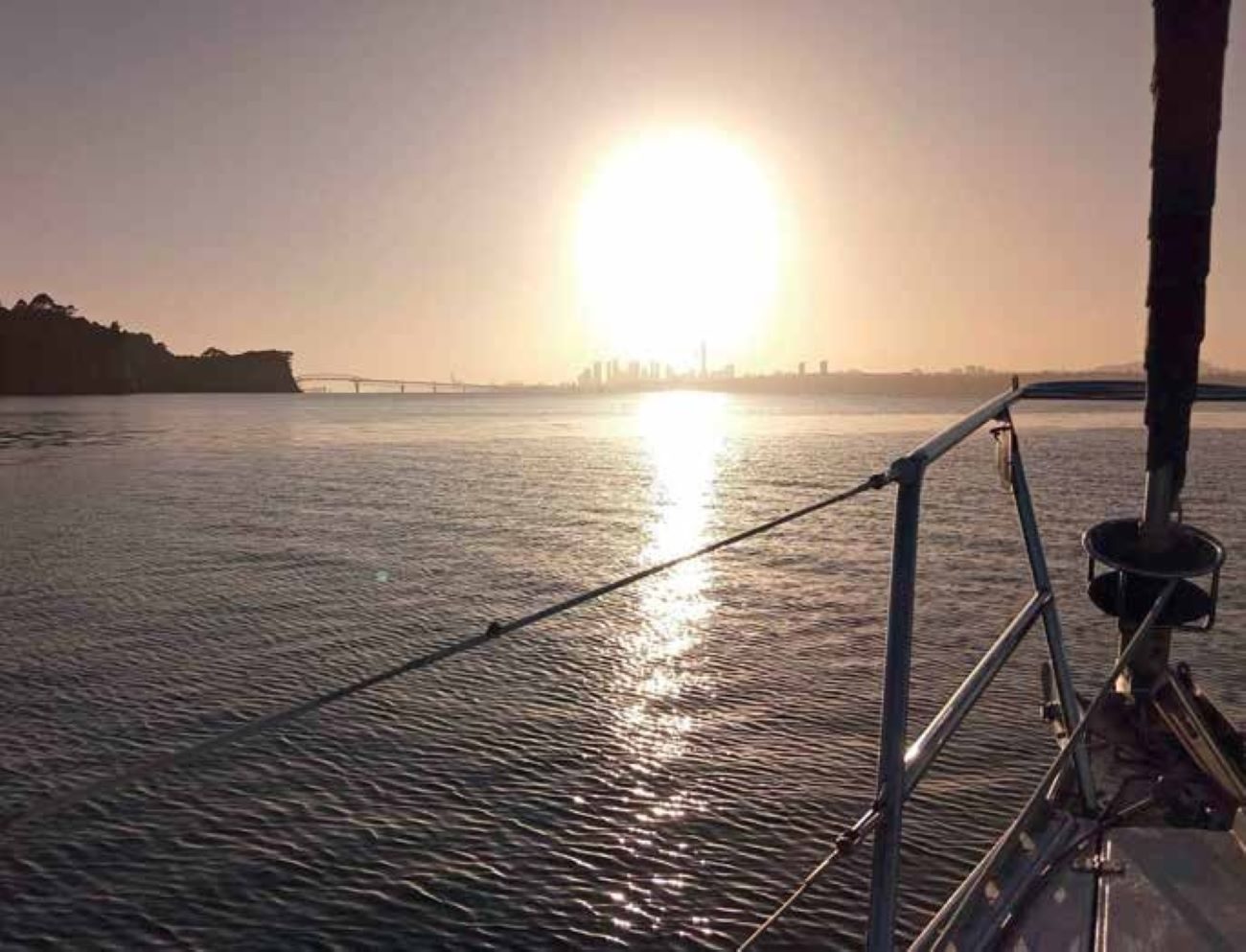

I left Sub Lt R. H. (Home) A. Kidston aboard H.M.S. Diomede at Suva in June 1934 with the newspapers trumpeting that he had entered the MacRobertson London-Melbourne Centenary air race with his late brother Glen Kidston’s Lockheed Vega. Needless to say, even Home Kidston was unable to take enough time off from his naval duties to take a ship to England, prepare for the race and take part in it.
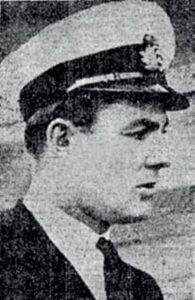
Kidston was next reported as saying, “I had thought of entering, but I did not do so.” By now the Vega was rather outmoded anyway. Kidston was keen to buy a Lockheed Altair, a low wing monoplane with retractable undercarriage, powered by a 500hp Pratt & Whitney radial engine, identical to Amelia Earhart’s entrant in the race and VH-USB, Kingsford-Smith’s Lady Southern Cross lost off the Andaman Islands on 8th November 1935.
A month later, Kidston crashed the Mercedes SSK returning to Auckland from a camping and fishing trip. On 12th December the news was, “Two naval officers, Sub-Lieutenant Home Ronald Archibald Kidston and Paymaster-Lieutenant John Garfield Bennett were seriously injured tonight when a highpowered sports car owned and driven by the former left the road near Mercer, travelled down a shallow bank and crashed into a large willow tree.
Lieutenant Bennett suffered a fractured skull, and essentially a “handicap” class.
She was built of mahogany on elm frames and painted royal blue, a bit of a shock in Auckland where white hulls were the rule because of the harshness of the sunlight. Her dimensions were 38ft loa, 25ft lwl, 7ft 6in beam, 5ft 4in draught and she carried 670 sq ft of sail in a Bermudan sloop rig on a 55ft mast. She was the first imported yacht of the “Marconi” or “Scandinavian” style.
Kidston immediately renamed her Altair and was issued the Auckland racing number B7. Launched just too late to race in the Anniversary Regatta, Altair was entered in the Royal New Zealand Yacht Squadron’s annual night race to Kawau that weekend starting from King’s Wharf on 1st February at 7pm with 21 entrants. Altair was on 19 minutes but started late, signalling that a masthead stay had carried away. There was hardly any wind, but the entrants eventually drifted into Mansion House. Altair took part in the Ladies’ Race the next day. No doubt it was an enjoyable weekend.
Altair was entered for the Squadron race to Coromandel the following weekend and then the Devonport Yacht Club Duder Cup race on 23rd February. Not surprisingly her handicap was slightly longer than the new Logan boat Little Jim and slightly shorter than her fellow 6 metre Kotuku and she sailed in the same part of the fleet.
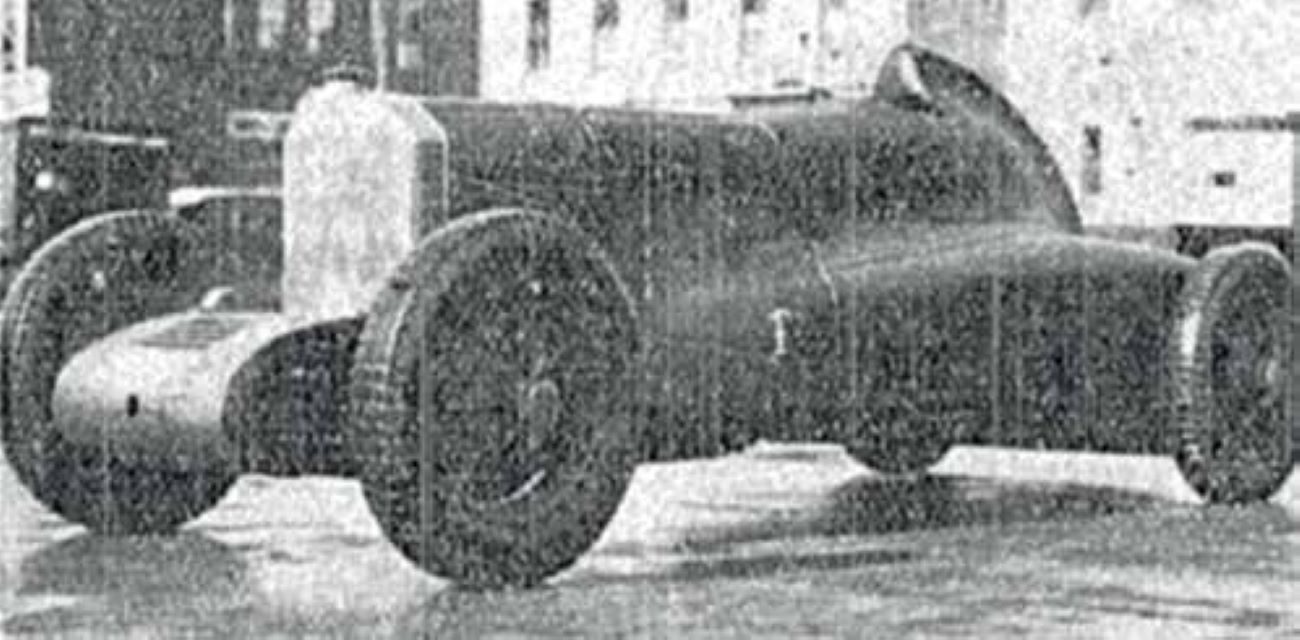
Diomede then went off on a cruise around the major ports of the country with Home Kidston on board. Altair was entered in a Squadron race on 2nd March and gained third place behind Windward and Ladye Wilma. I don’t know who sailed her, but it was probably a fellow officer.
On 11th March a hard nor-easter blew into St. Mary’s Bay where Altair was moored. She dragged her anchor but was spotted by residents and towed back by a motorboat from the Dockyard. The wind got up further in the night. Altair’s chain broke and she came ashore bow forward on to the rocks at the foot of Jacob’s Ladder, lying on her side. A naval pinnace towed her to the Harbour Board slipway for minor repairs.
Ted Hay owned Scout, the other 6 metre in town, and lived aboard her in St. Mary’s Bay close by Altair. It was still the Depression. Ted worked as a rigger at Lidgards on the Western Reclamation, a short row away. He was recruited to keep an eye on Altair from then on.
Altair took part in several more races before the end of the season; a Squadron race on 16th March, a Devonport YC race to Matiatia on 23rd March and the Squadron’s Berthon Barrel race on March. She was always handy to the leaders. Meanwhile, on Diomede, Kidston got a second in the 500-yard shoot at the naval rifle meeting at Trentham. I think he would rather have been in Auckland having a convivial time on his yacht with the Squadron.
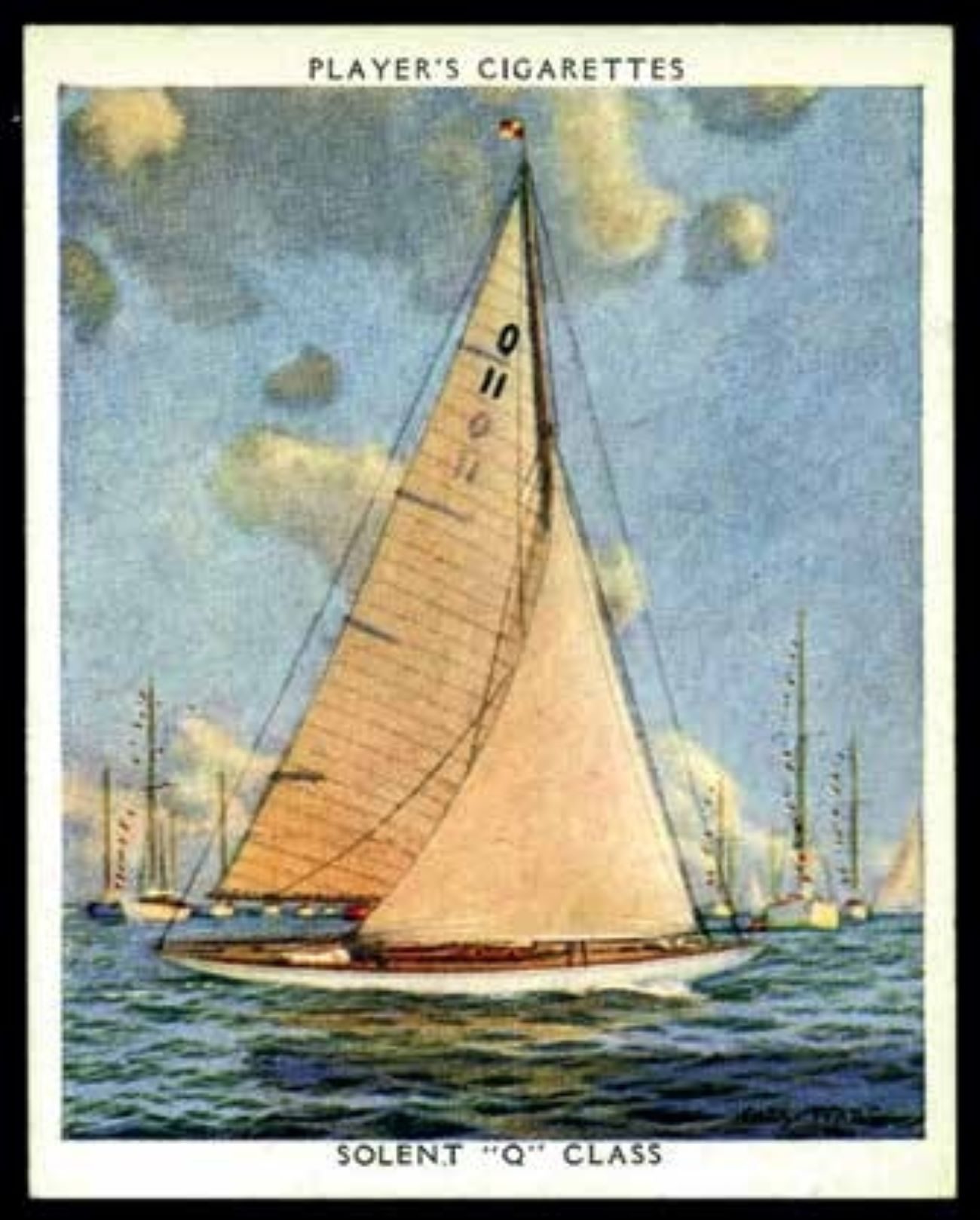
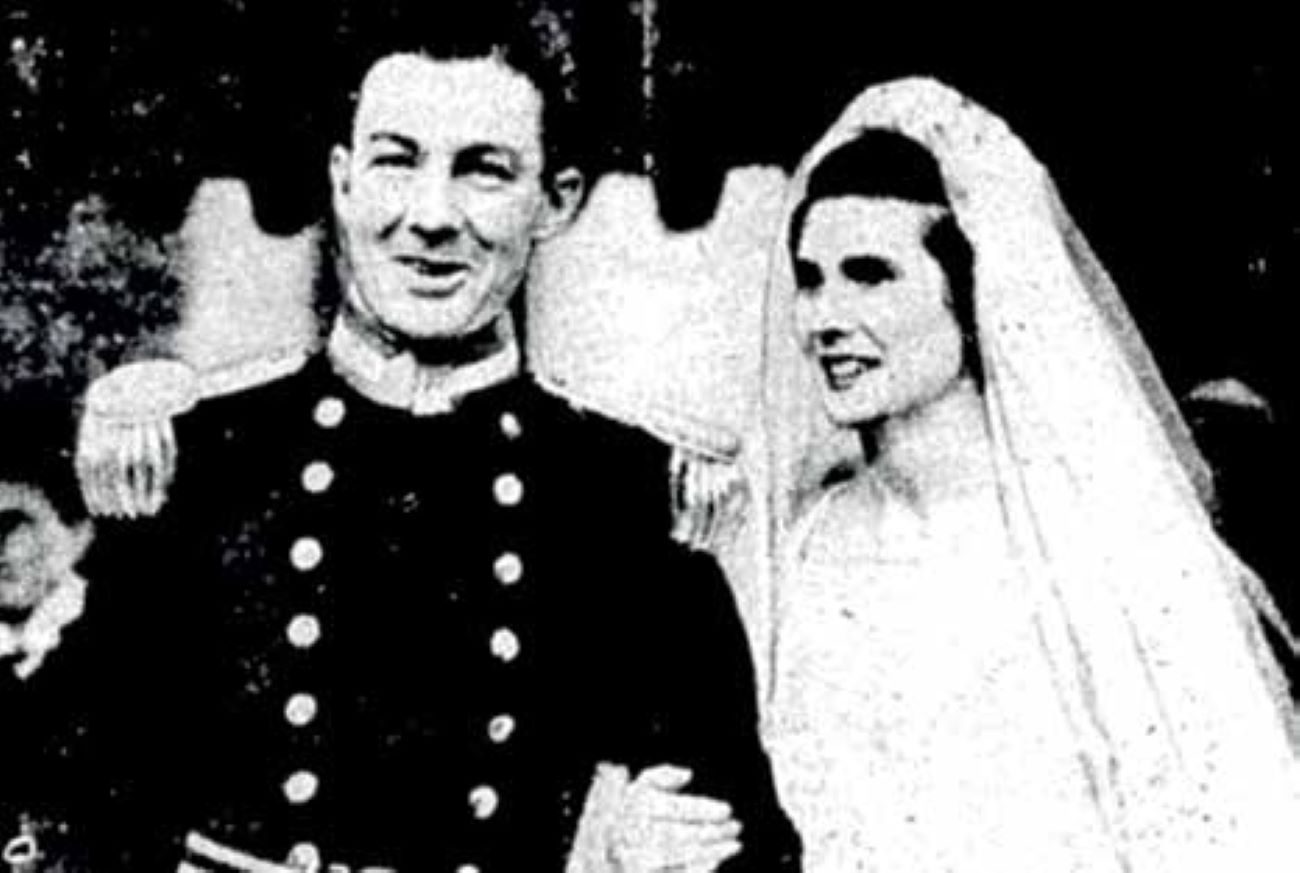
He was probably back in Auckland for Closing Day which was held on 13th April in squally conditions. The Squadron raced to Islington Bay. Again, Altair kept slightly ahead of Kotuku. Yachting was over for the season but at the end of April Kidston went on the Tauranga launch Kingfish to the Mayor Island fishing grounds. He hooked a swordfish which got away, but he expressed himself well pleased with the experience.
When the SSK crashed at Mercer in December 1934 her tourer body was wrecked and the steering gear was badly damaged. Home Kidston took the obvious course – he had a single seater racing body built on the chassis by an Auckland coachbuilder.
The Poverty Bay Herald reported, “With a racing type single-seater body of new design and constructed locally, the Mercedes-Benz sports car belonging to Lieutenant R.H.A. Kidston, of H.M.S. Diomede, will be a formidable competitor at the motor-car races to be held at Muriwai Beach on Saturday.
“The new body, with its streamlined fin behind the driver, follows the design of the Mercedes racing cars and is also reminiscent of the ‘Bluebird’ cars used several years ago by Sir Malcolm Campbell in establishing world speed records. In its new trim the Mercedes should attain higher speeds than have previously been reached in races in New Zealand.”
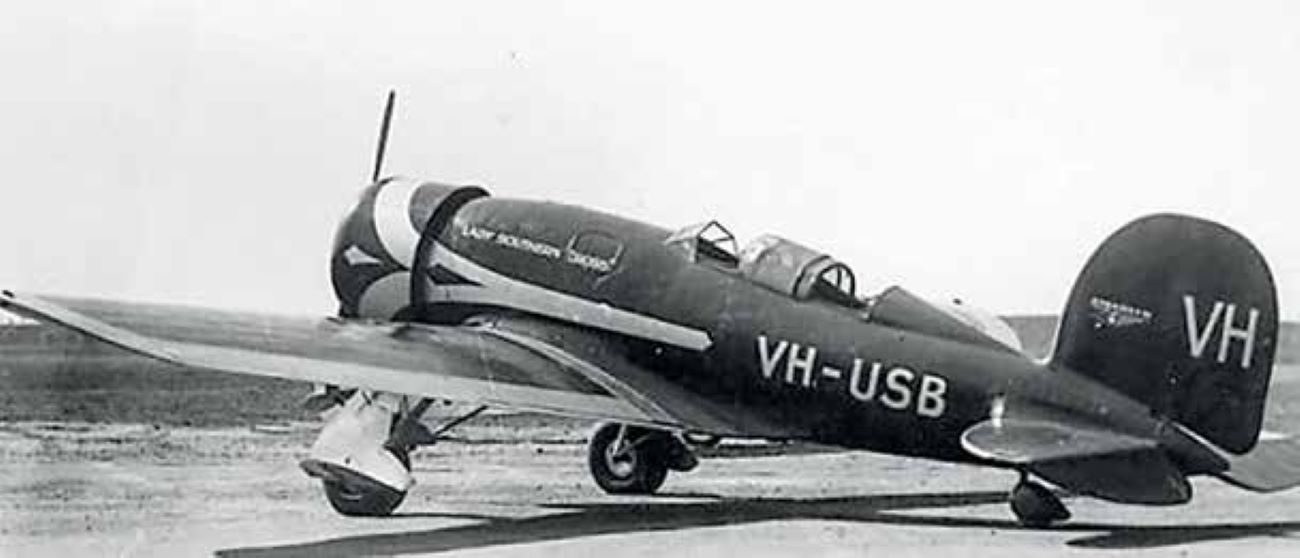

Despite losing third gear which had been stripped during adjustments the previous day, the dashing naval officer won the New Zealand Beach Championship race on 4th May, showing tremendous speed at the end of the mile and three-tenths straights and lapping R.A. Dexter’s single-seater Brooklands Riley.
From scratch, he also easily won the Stock Car Race in his Hudson Terraplane, an American marque that was popular in England. The chassis and engine formed the basis in production of Reid Railton’s 100mph Light Sports.
Home Kidston’s posting to Diomede was supposed to expire in early 1936 when the cruiser was due back in England for overhaul. However, his posting was cut short and he made plans to return home as quickly as possible.
The Gipsy Moth was advertised for sale in August for £650 and sold to Reg Tappenden of Tappenden Motors. Altair was sold to the Tattersfield brothers who had raced against Altair for the latter part of the season in their 32-footer Janet, C11. The Terraplane was sold in Auckland but the Vosper speedboat and the Mercedes-Benz SSK were sent to England.
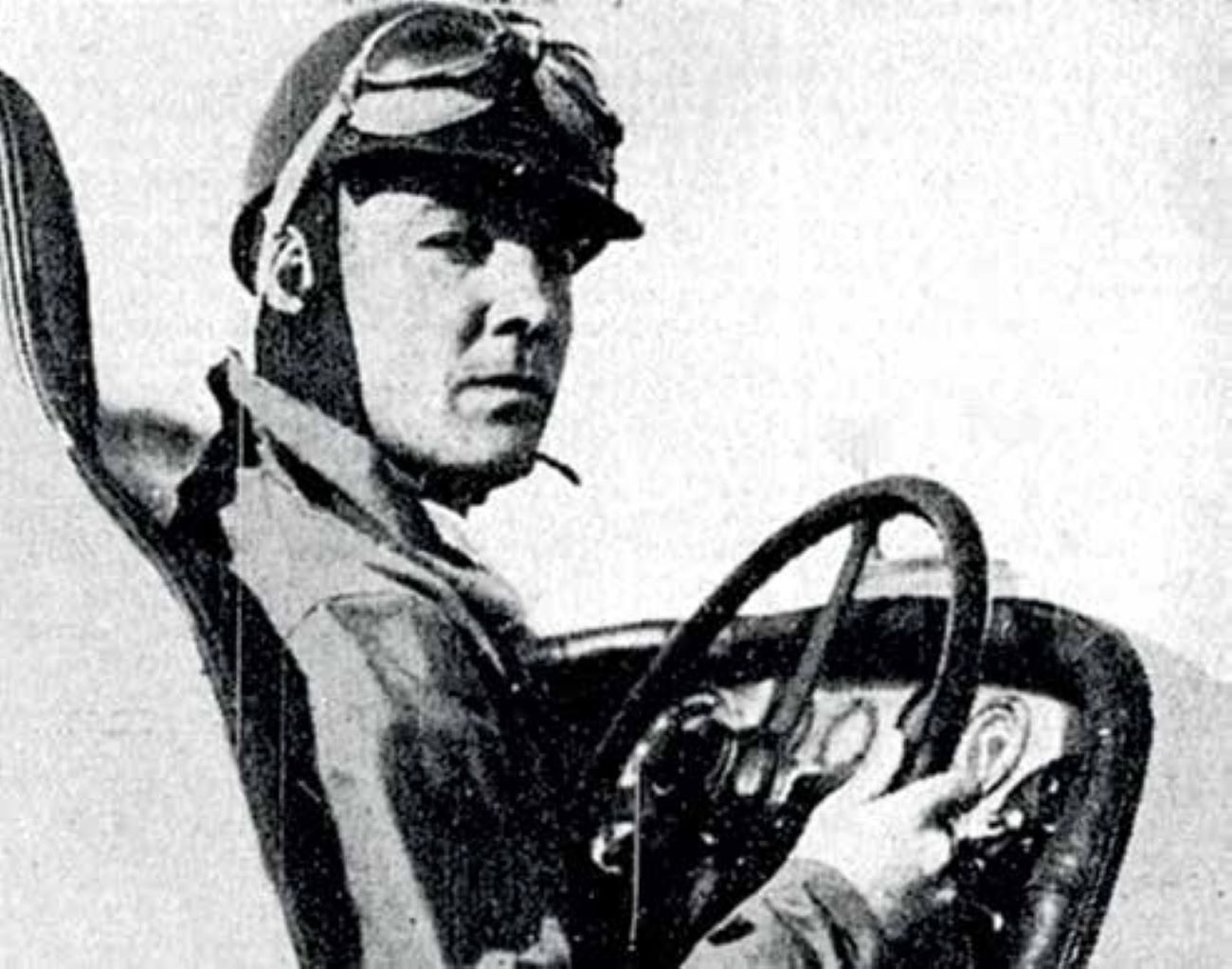
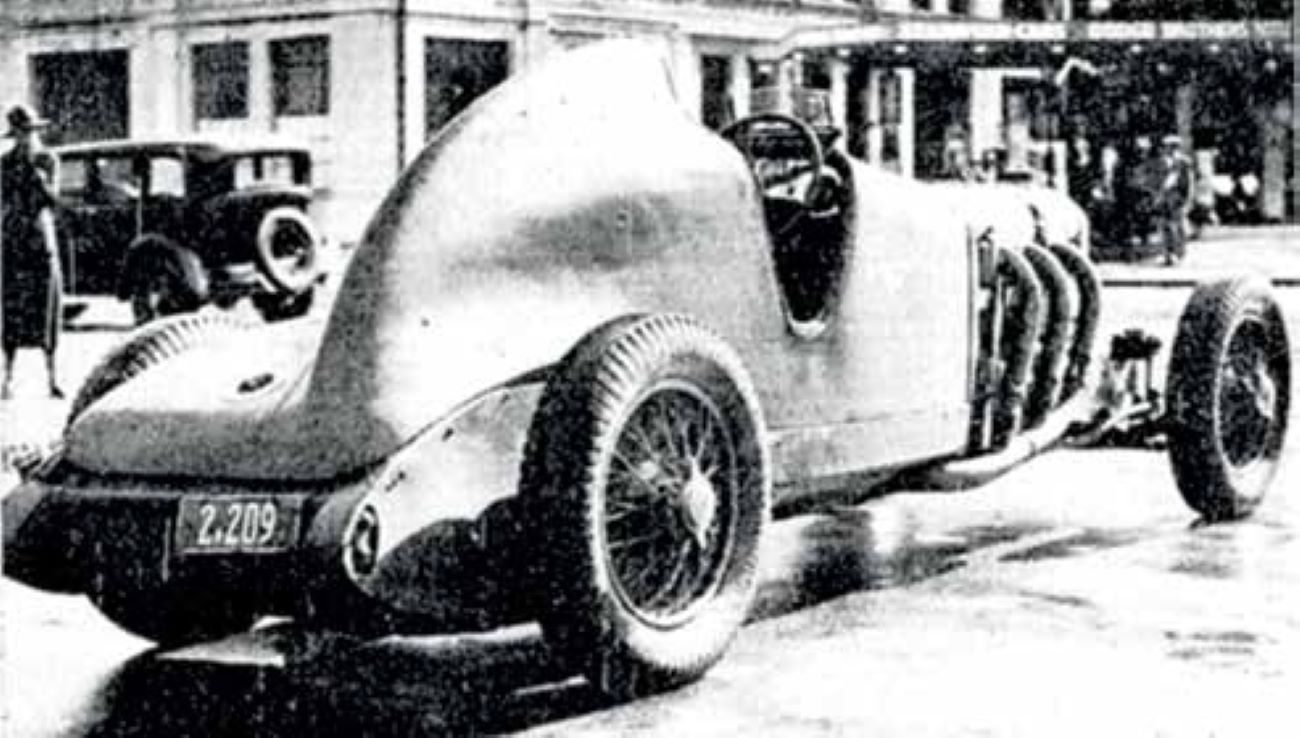
No reason was given for the dash home to England, but it had a touch of Jules Verne about it; Wanganella to Sydney, chartered plane to Charleville, Queensland, QANTAS/Imperial Airways mail plane to Jakarta, by air to Singapore, to China, on to Japan, by sea across the Pacific to San Francisco, by plane to New York and across the Atlantic by the liner Bremen.
Finally it was announced by the New Zealand dailies, “Lieutenant Home Kidston, attached to the New Zealand Division of the Royal Navy, who arrived in London by air to celebrate his twenty-fifth birthday, is affianced to Lady Georgiana Curzon, only daughter of the Earl and Countess of Howe, who is also 25 years of age. The engagement links two celebrated motor-racing families.”
If this all sounds like a fairy tale, be satisfied to leave it there… BNZ
THE METRE RULE IN NEW ZEALAND
In 1907, when the new International Rule (known as the “Metre Rule”) was adopted, and the 6 metre as an Olympic Class for the 1908 games, the 6 metre was all the rage internationally.
Apart from the Le Huquet Viola of 1904, which could be made to fit the rule, the first yacht produced locally specifically to the 6 metre rule was Scout, built by the Ewen brothers in Whangarei in December 1909. There was a long wait for the second, Delville, later Kotuku, launched by Colin Wild in January 1923.
Wild then built Mana for J.E.L. Cull of Wellington in 1924. Finally, Miller & Tunnage of Port Chalmers built Dawn in November 1929 for Bert Nees of Dunedin. Chas Bailey Jr built Prize ostensibly as an 8 metre in 1923.
But these were a drop in an ocean of well-designed vernacular local yachts. With little chance of International or Olympic competition there was no real interest in building to the Metre Rule.

